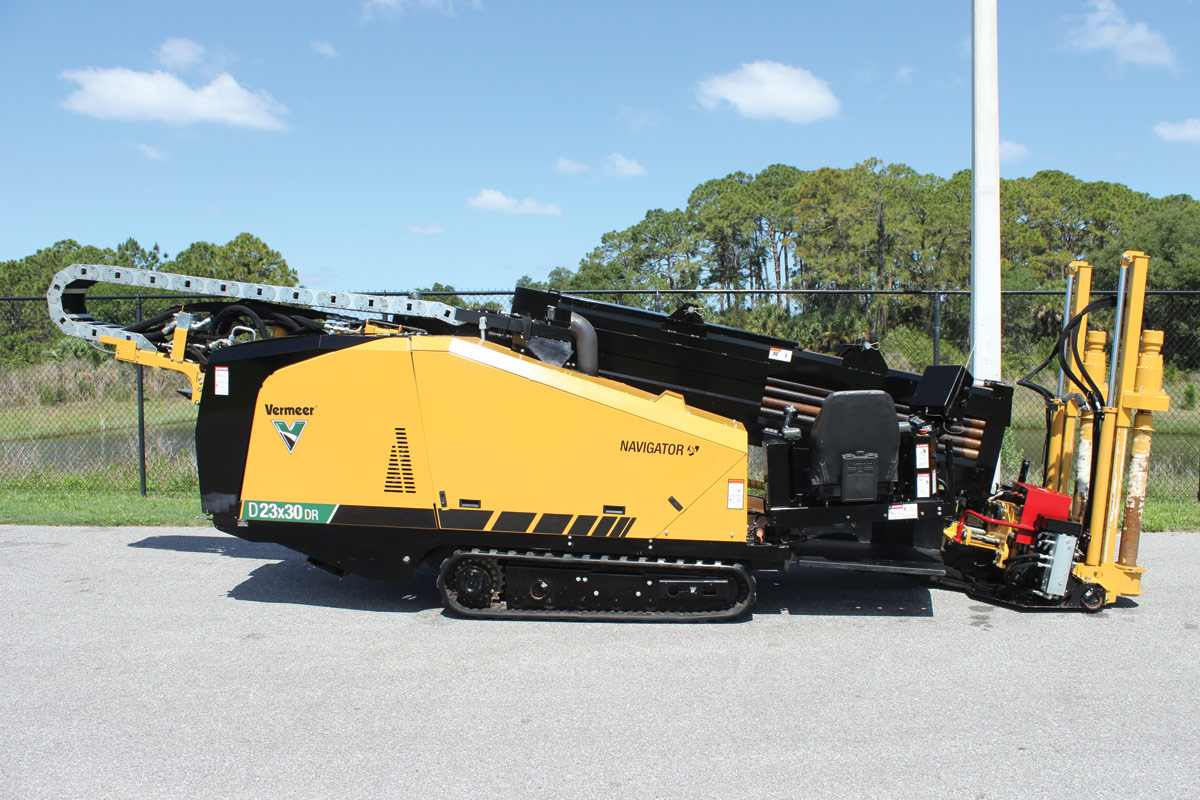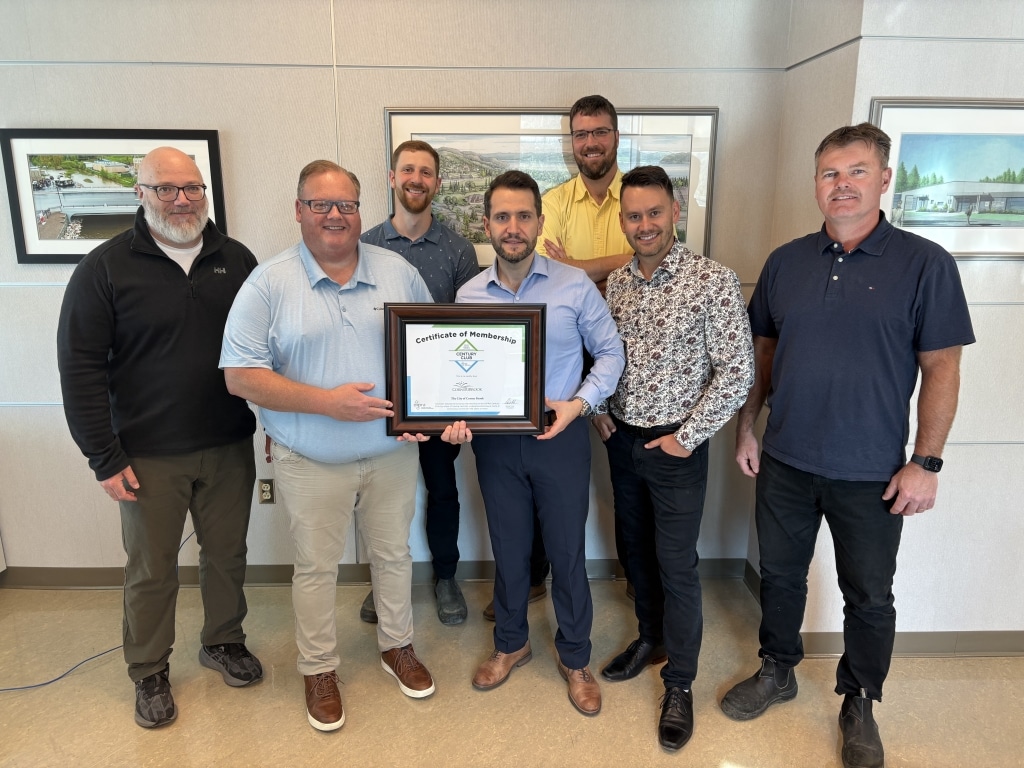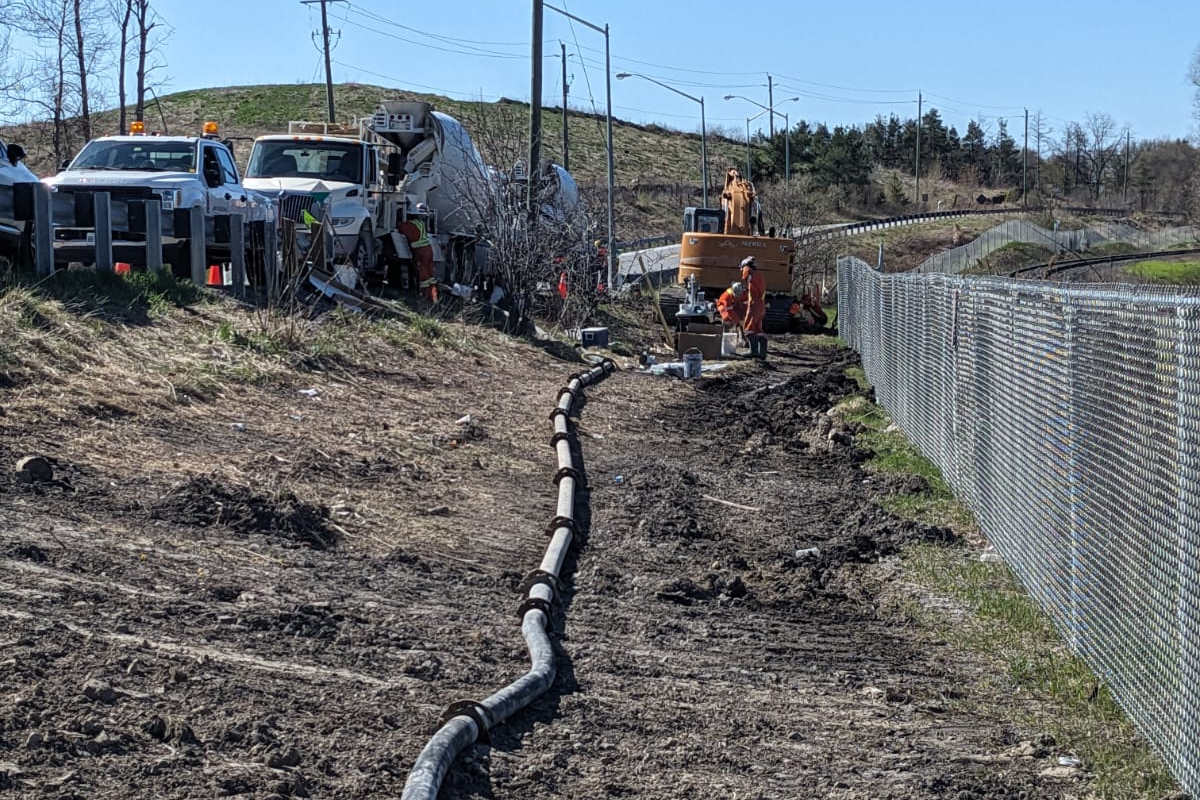
Meet the Experts: The Future of Trenchless
Pursuits in the trenchless market have increased remarkably over the last decade, and infrastructure investments and replacements are keeping engineers and contractors busy.
Trenchless applications for water, oil and gas, electric and fibre have all seen growth and many countries are focusing on addressing their aging infrastructure. For example, in India, a need for upgraded communications infrastructure is driving the trenchless industry and therefore horizontal directional drilling (HDD) is in high demand. While in Ontario, Canada, many old water and sewer services need replacement with microtunnelling showing high market potential. In transportation, the more traditional method of auger boring is still in play with many applications in ground support for under-crossings for rail and road construction applications.
To keep up with such demand, the trenchless industry needs to make sure that a steady flow of new workers continues to enter the market. Currently, many engineering firms and contractors are dealing with the challenge of finding and keeping qualified staff. And employers are competing for operators even if they must reach out to other fields of construction. Many younger individuals who start their career in the tunnelling and trenchless industry are more competent in technology and software, but often have less site experience, which needs to be addressed.
RELATED: Trenchless Technology Canada Roundtable: The State of Trenchless Technology in Canada
Recently, I had a chance to connect to some experts in the trenchless industry to get discuss the future of trenchless, new technologies, and other topics.
Peter Hennig, president and CEO – Innovative Pipeline Crossings Inc.
Gene Woodbridge, CEO – Earth Boring Co. Ltd.
Jon Pearson, tunnel and trenchless engineer – Stantec
How do you see the future of trenchless industry?
Hennig: Wherever we face urbanization, trenchless technologies will become the default technology. Avoiding traffic collapse and community frustration by interruption of daily life will become essential. Less disturbance to nature and people should be the goal for all planners.
Pearson: As long as there are obstacles that need to be crossed while minimizing impacts to surface activities and nearby infrastructure, there will be a need for trenchless technologies. Which is to say, the future continues to be promising. This is especially true as cities become more densely populated, and trenchless technologies are preferred or required due to impacts associated with open cutting.
Woodbridge: In many respects, trenchless construction is a fully formed industry. Where once we might suggest it was developing, we are directly in the middle of a period of wider acceptance as a primary construction method, rather than a supplementary application to solve project “issues.” This is possible with the wide array of methods available to complete a project with trenchless means. With greater emphasis on the education of designers and owner stakeholders on the broader added value, less social impact, less traffic impact, less waste, considerably smaller carbon footprint and environmental advantage, trenchless construction will become an equally viable and desired design solution.
In the future, which applications (water/sewer, oil, gas, electrical, etc.) of trenchless projects will get a boost and which will gradually decline?
Woodbridge: From the trends we see, all applications continue to show growth. With more rail transportation projects at some point in their lifecycle, we are seeing a vast increase in underground electrical works.
Hennig: Independent of the application, wherever a river, road, railway, etc. needs to be crossed, trenchless should be the go-to method, as it has the least impact. While it might not always be the most cost-efficient solution, the question should be, “How can different providers/owners join forces and bundle up their future needs and limit the amount of crossings for more environmental and cost-efficient installations?”
What type of new technology/capability would you like to see in the trenchless industry that we don’t have widely available now?
Hennig: Safe and predictable small diameter long distance installations are critical. The available technologies still include too much risk in regard to inadvertent fluid releases and reliability. When we go underground the reliability and utilization of the technology used must be at an increased level of confidence.
Woodbridge: More projects that consist of 85 to 90 per cent of the total project as drilling/tunnel/shaft work. As well, more constructability and design review with experienced trenchless solution providers. This seems to have dropped off across all construction. There is tremendous value in ensuring quality jobs are let.
What are the biggest challenges of planning and design for trenchless projects.
Pearson: Managing expectations of clients and other involved parties on a trenchless project is an important challenge. This starts with communicating what the potential risks are and how and to what extent they can be mitigated so that there is an understanding at the earliest stages of the project.
Woodbridge: Education and understanding are the greatest challenges. There is a propensity to hold tight to historical approaches to infrastructure planning and design. Before the drawing room, designers need to see the works from a trenchless mindset. This comes with education and decidedly more so with experience. Visioning a jobsite at a busy intersection is often done with the lens of open cut. We need to remain diligent in helping designers see those works with the lens of trenchless, and the social, environment, economic, and quality afforded in this method.
Hennig: The uncertainty of the subsurface conditions: How much investigation is the right amount? For what technology do we plan and investigate? At the end, all parties involved want to do a good job and make the installation succeed. Trying to make a crossing feasible without negligence of the obvious, but also not to push it out of line with too much contingency, is always a balancing act.
RELATED: 2016 Trenchless Technology Roundtable —Trenchless Across the Continent
How receptive is the market/clients in your area to new ideas (e.g., single-pass systems) and new technologies?
Hennig: Some clients are more open to new technologies, ideas, or construction methods than others are. Nobody wants to be the “crash test dummie” on their projects. At the end, several factors play together to allow new methodologies or ideas to find access to the projects: 1) Client/contractor relationship; 2) Project details (timeline, budget, location, etc.), and 3) Risk factor — how much risk is increased or reduced when trying a new technology.
Woodbridge: The Ontario market is very open to new technologies as they are shown to be successful. Single-pass systems always make the overall project costs lower, which drive additional trenchless projects. Unfortunately, a lack of education on the industry in general tends to lead to blinders. Basically, the sense that once a technology was used successfully it will work everywhere, even where it may not be warranted. Designers need to catch up with the field as it advances.
Pearson: Receptiveness to new ideas and technologies varies, but clients are often receptive if the benefits are communicated. For example, many agencies require a double pass installation with a steel casing around the product pipe, but a single pass installation may provide several advantages, such as providing an overall lower risk profile in part due to the smaller bore diameter required. When these advantages are communicated in a way that clearly outlines the benefit to the client or agency, it increases the likelihood of acceptance.
What does our industry need to do to attract more young professionals?
Pearson: I think exposure to the tunnelling and trenchless field at the university level is key to getting young professionals into the trenchless market, as most universities do not offer any tunnelling- or trenchless-related curriculum. Guest lectures from tunnel/trenchless engineers, site visits for college students, and even tunnelling specific curriculum would all help in getting young professionals thinking about a career in underground construction. My exposure to the industry was by chance ,as I had a family friend who just happened to be a trenchless engineer himself. It is good to have a targeted approach to attracting younger professionals instead of relying on them to discover the industry themselves
Woodbridge: More formal education and acknowledgement by the greater civil industry. Also, general marketing into the “sexiness” of trenchless and the unique applications, creative approaches, and special projects that come from the industry. This can even be promoted to those already formally trained who are looking to explore new technologies and learn new skills.
Hennig: The trenchless industry is very demanding. We face high risks and challenges daily. You need to be born with a thick skin to be attracted to and stick with the industry. To make a career, you often need to sacrifice a lot on the social side of life.
Young professionals need to be made aware of these challenges. They also need to have an empirical nature and be of the mindset that what we do is creating and contributing to the future of humanity. Installing fresh water and sewer systems or oil and gas pipelines will help millions of people all around the world to live their life at a standard they are used to – without knowing what it takes. The reward is in what we do – that is trenchless.
Editor’s Note: “Meet the Experts” is a new feature that will run twice a year in Trenchless Technology Canada. Written by Keivan Rafie, lead tunnel engineer at Stantec, the features include leaders in the trenchless field and will focus on a variety of issues and challenges facing the industry in Canada.





